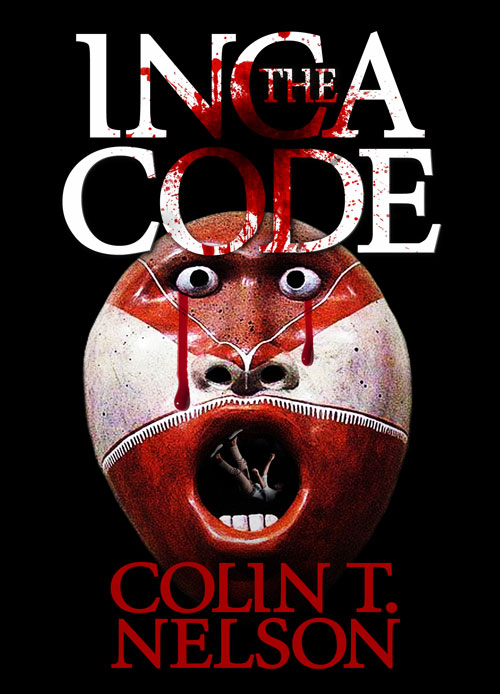Part One in Series
Former President Bill Clinton successfully lobbied for the release of journalists Laura Ling and Euna Lee from North Korea. Writing about this at the Women’s Media Center blog, Journalist Ji-Yeon Yuh raises a fascinating and probably accurate question: What were the two journalists really doing in North Korea?
The North Korean government caught and convicted them of illegally entering the country. They had to enter illegally because they were tracking the trafficking story of women out of North Korea and into China. It seems like a problem far away with little we can do to make a difference. That’s wrong.
The US State Department estimates that as many as 800,000 people are trafficked across international borders every year and that a total of perhaps 27 million are presently enslaved because of trafficking. Here’s the scary part for us: the majority of profits generated ($15.5 billion according to the International Labor Organization) from trafficking comes from industrialized countries–like the United States.
Eighty percent of humans trafficked are women and girls, usually sold into the sex industry. I know from personal experience…well, let me explain that!
As a lawyer, I have worked in the juvenile courts in Minnesota. Like all other states, we have a child protection effort, supported by laws, child protection social workers, and prosecutors to enforce the laws. Most cases involve local parents who are not parenting adequately or present harm to the children. I have been invovled in cases where several young girls have come to Minnesota on a “temporary” basis, mostly from countries in Africa. They’ve been promised jobs and good schools. When they get here, instead of the promises, they find themselves coerced into the sex industry.
Ironically, instead of police finding them, they show up in child protection. Every girl I’ve ever represented has come here, sponsored by an “uncle” who offers them a home, food, and clothing. When the igirls fail to show up for school, are referred for medical problems, or are stopped as runaways/vagrants, the county government reacts by protecting them from their “families.”
The girls are offered counseling, safe housing, education, and support. Usually, that works to get them out of the trafficking trap. But often, I’ve had clients who say they want to get out, are frightened of their “uncles,” and start to take advantage of services. But then, they fail to come to the next court appearance. The “parent/uncle” who has been ordered to return and accept services to stop the child abuse disappears also. My suspicion is they simply move to a different county. For instance, in Minnesota, if the uncle were to move across the Mississippi River from Minneapolis to St. Paul, he’d be in another county jurisdiction and could start the network all over again.
Some ask, “Can’t the uncle be prosecuted for being a pimp?” Sure, if you can find anyone to testify against him. Child protection at least offers the girls an opportunity to escape–if they can and want to.
Internationally, human trafficking generates #32 billion a year in profits according to the Internatinal Labor Organization. Think about that…doesn’t it seem likely to attract the best criminal minds in the world? And besides women, what other things are they bringing into the US? Could they threaten our national security? Is our government capable of fighting them? More about this in my next post.






